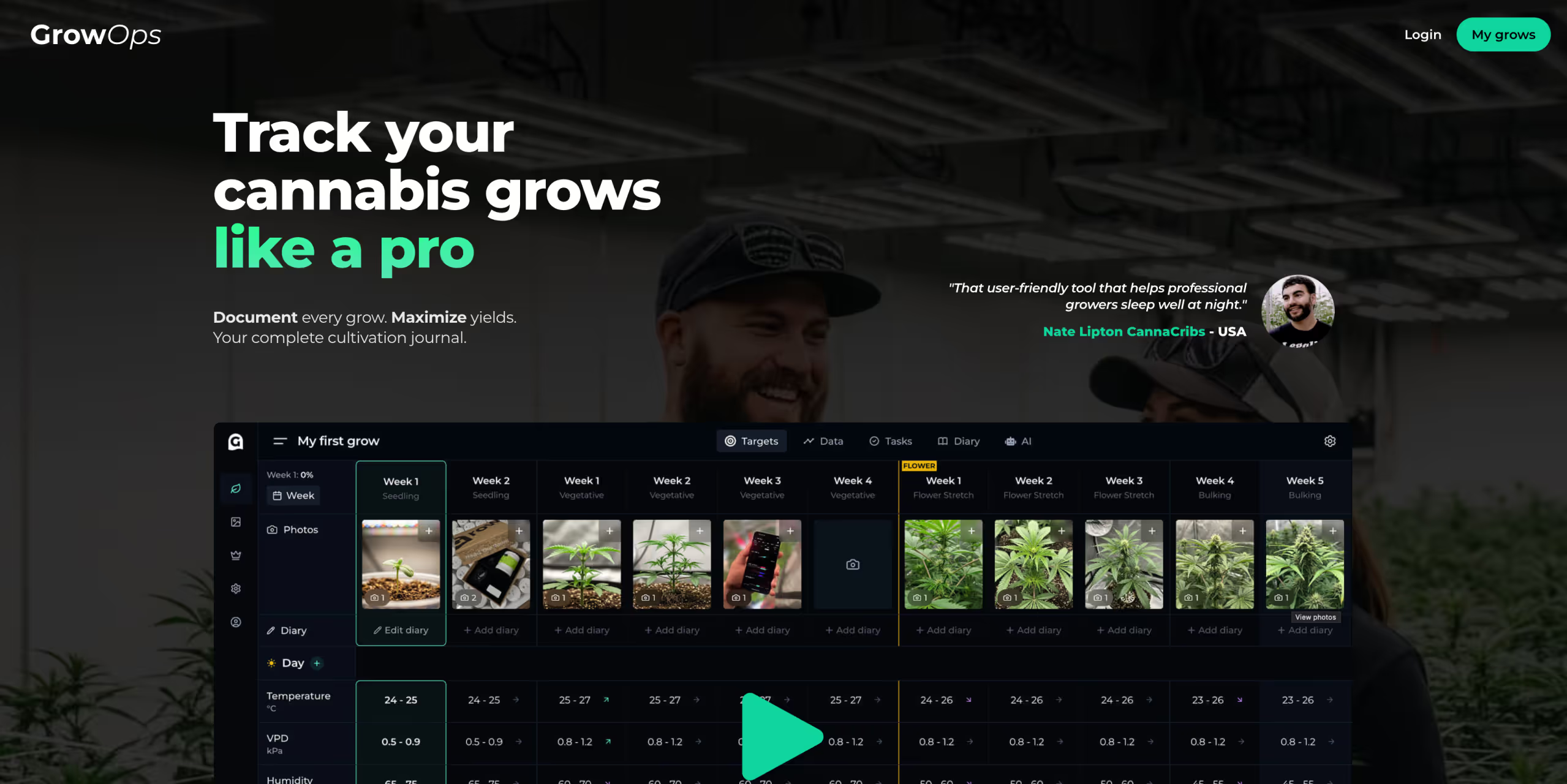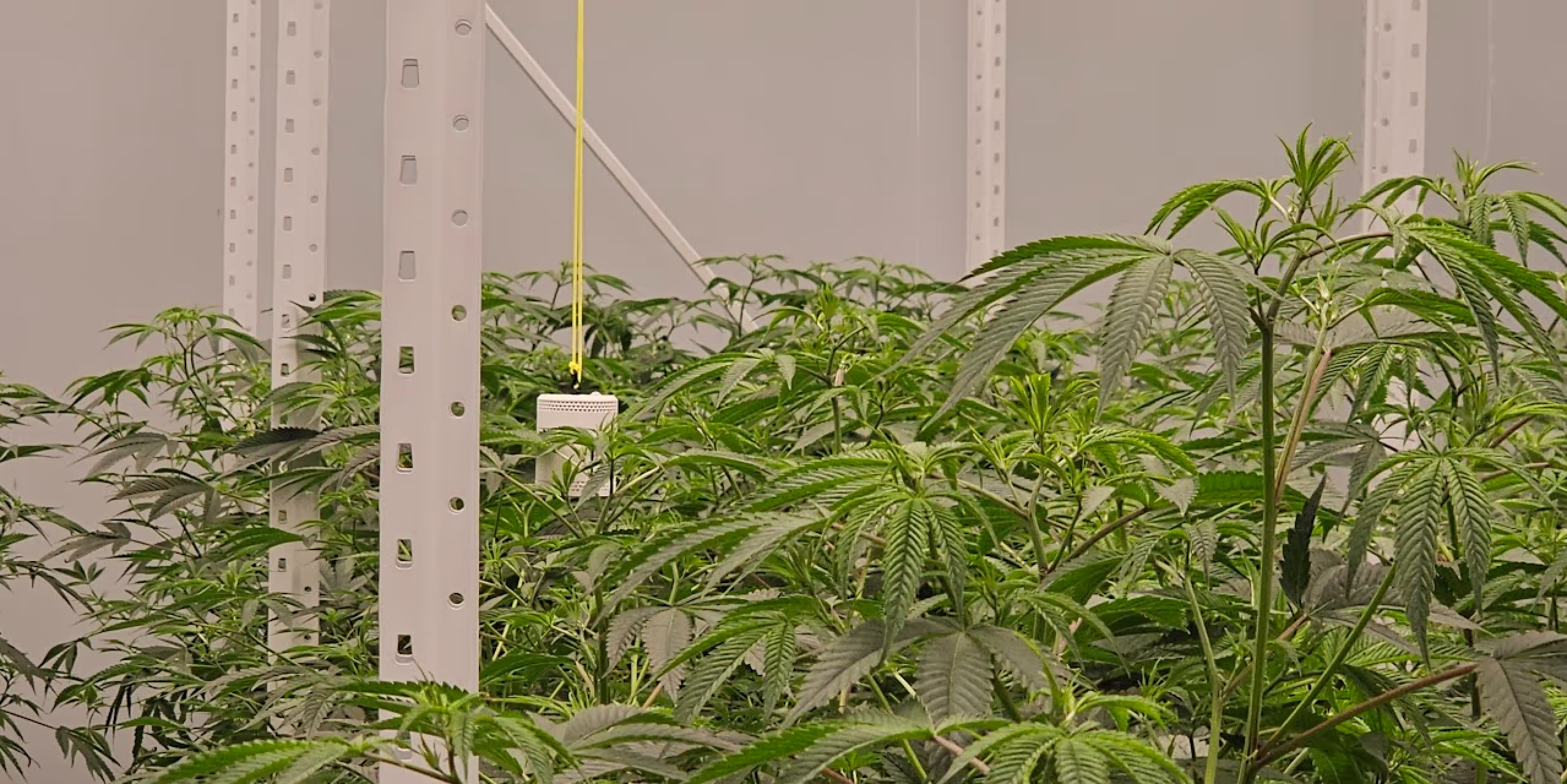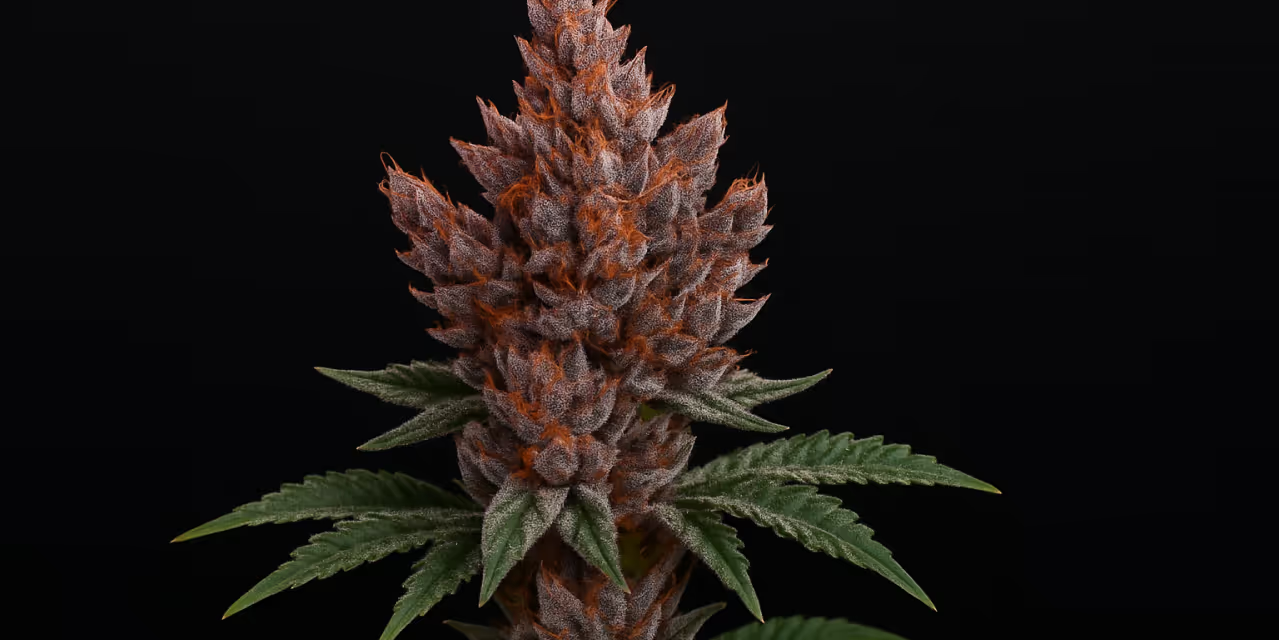Controlled Environment Agriculture - The future of growing


Food security, nutrition and the future of farming are challenges that face us all, but with innovation and research, there are solutions at hand.
Commercial indoor growing is a fast-paced and ever-evolving industry. And rightly so, if we have any hope of feeding growing populations with high quality, nutrient-dense food then we need to be looking beyond conventional farming and start embracing complementary methods of producing crops.
The traditional agricultural methods of growing food outdoors are fraught with challenges as climate change begins to take hold in certain parts of the world, and also as consumers demand shifts. But, these methods are not redundant. If we support conventional agriculture, with new technologically driven methods we could create a more resilient and future proof global food system.
What is Controlled Environment Agriculture?
Controlled Environment Agriculture (CEA) is the term given to a series of crop production methods that take place in controlled indoor environments such as greenhouses and vertical farms. Methods of crop production tend to be technologically driven and can include, Hydroponics, Aeroponics, Aquaponics, and more.
Why is CEA the future of indoor farming and growing?
Growing high quality, nutrient-dense food is becoming an increasingly difficult task as climate change and its associated environmental issues take hold over many of the world’s prime growing locations.
Issues such as soil degradation, water shortages and extreme weather conditions, mean that conventional farming practices are becoming a challenging and unpredictable way to feed the global population.
Consumer demand also has a large part to play in both the pressures faced by commercial farming, but also the opportunities for its future. The UK’s fresh produce market has seen healthy growth over the last few years, and as of 2019, the market was worth £10.8bn. As our lives become increasingly busy, and with the spotlight that Covid-19 has thrown onto hygiene and sanitisation of goods there has been an increase in demand for packaged goods such as salads and prepared vegetables, all of which lend themselves perfectly to indoor growing.
So rather than panic about the threats that climate change and consumer shifts bring, we need to focus on solutions. With technological advancements, research and collaborative partnerships the future of our food systems can be healthy and plentiful, both in terms of nutrition and profitability.
CEA allows growers to have maximum control over the environmental conditions experienced by their plants, from temperature to watering and pest control. Depending on the methods used, CEA can reduce water use, soil use and the need for additional nutrients to be provided to plants.
Typically, plants that are grown in a controlled environment are likely to have better health and faster growth, reducing the need for pesticides or other supplements to be used. This allows for a higher quality product to be produced, at lower costs and with less waste of resources.
Another key benefit of CEA production methods is that even in extreme natural climates or urban settings, farmers are able to grow crops all year round. This means more grow cycles, potentially bigger yields, increased profits and full-time employment for staff members.
The ability to grow high-quality food crops year-round also alleviates food security concerns and supports supply chain resiliency. CEA methods lend themselves to urban settings just as much as traditional agricultural locations. This adaptability further reduces food security issues because transportation times and distances can be reduced in highly populated areas. We all know that consumers want more food, higher quality produce and they want it fast.

The benefits of CEA for large scale indoor growers
Indoor growing can bring many challenges to growers. Maintaining the optimum environmental conditions for your plants is the key task, but it’s not always an easy one.
Commercial indoor growers rely not only on their knowledge and instinct but also on large amounts of environmental data. Using smart agri-sensors such as Grow Sensors, helps commercial growers to easily and quickly keep an eye on the conditions within their grow space. 24-hour access to high-level data, coupled with the level of control that CEA methods bring is a key way to ensure that you are growing the healthiest and highest quality plants for your target market.
As with any type of farming, there are significant financial investments required including infrastructure, equipment and labour costs. Traditionally farming at scale has also demanded large amounts of land and machinery use. With the increasing challenges brought about by climate change, farmers are under mounting pressure and stress to maintain their operations and protect themselves from financial and reputational risk.
By switching some or all of your production to CEA methods you could save money, time, resources and most certainly space. Each different style of CEA has its own requirements meaning that there may be a particular method that is more suited to your unique situation than others. Here is a quick guide to the most common methods available:
Vertical Farming
This is a key way of producing decent yields in a small space. By utilising the height of an indoor space rather than the limitations of single-level fields, farmers are able to grow an increased volume of crops. This method is particularly suited to urban environments where space is at a premium. Vertical Farming is attracting a lot of interest from the agricultural industry, and this area, in particular, is predicted to have a compound annual growth rate of 24.8% reaching a value of £5.8bn by 2022.
Hydroponics
This method completely eliminates the need for any soil as a growing medium, whilst still providing plants with water, nutrients and oxygen. Instead of soil, plants are grown in an alternative medium such as sand, gravel, coconut fibres or rock wool. This method of growing reduces water use and lends itself to all sorts of environments that could not typically be used for conventional agriculture.
Aeroponics
Another soilless method of growing, aeroponics requires the roots of the plants to be suspended in the air and sprayed regularly with nutrient and water solutions. Thought to be the most water-efficient way of growing crops this is considered a very environmentally friendly method of production. For maximum effect, the plant roots need to be kept in a controlled environment to ensure that they absorb the nutrient spray properly, Greenhouses lend themselves to this style of CEA.
Aquaponics
By combining the use of Aquaculture, otherwise known as raising fish, with Hydroponics you can farm using a method termed Aquaponics. The basic premise here is to create a naturally sustaining ecosystem. The waste created by the fish, along with the natural bacteria in the system provides all of the required nutrients for the plants. The water is then recycled to continue sustaining the fish, and so the cycle continues.
Takeaways
Conventional farming is struggling in the face of the extreme weather conditions and unpredictability of seasons brought about by climate change.
Adopting Controlled Environment Agriculture methods is one key way to alleviate some of the pressure from conventional farming whilst still producing high quality, nutrient-dense food.
Controlled Environment Agriculture is an eco-friendly direction for food production, saving precious resources such as soil, water and energy.
Indoor growing has the potential to provide businesses with increased grow cycles, better yields and higher quality products all whilst saving time, money and labour.








.avif)








